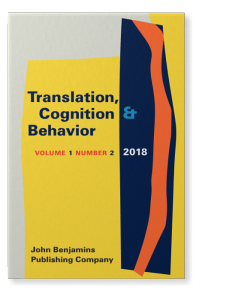Vol. 7:2 (2017) ► pp.203–231
A sixth sense
Narrative experiences of stories with twist endings
Stories with twist endings are popular, but little research has examined how readers experience them. To begin developing such an account, we examined the affective responses that emerge during stories with twist endings. In Experiment 1, 28 Japanese participants read a story with a twist ending. Greater empathy and stronger expectations were associated with slower reading times during participants’ first reading of the story. However, on participants’ second reading, greater empathy and stronger expectations were associated with faster reading times. In Experiment 2, we tested the generality of these effects by asking 36 English-speaking participants to read four stories with twist endings. The results were similar to Experiment 1. Readers’ initial and recurring responses to stories with twist endings reflect changes in surprise and empathy. These feelings underlie engagement with and interest in unexpected and often incoherent contents, which are characteristics of stories with twist endings.
Article outline
- Reading and rereading
- Readers’ responses
- The current study
- Experiment 1
- Method
- Participants
- Materials
- Procedure
- Results and discussion
- First reading
- Second reading
- Residual reading times
- Readers’ emotions
- Method
- Experiment 2
- Method
- Participants
- Materials
- Procedure
- Results and discussion
- First reading
- Second reading
- Residual reading times
- Readers’ emotions
- Method
- General discussion
- Acknowledgements
- Notes
-
References
